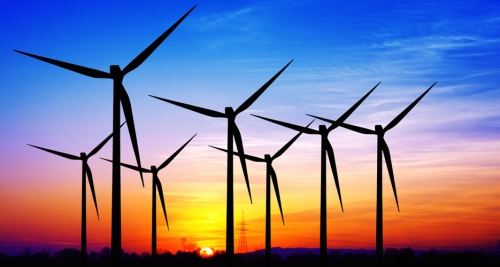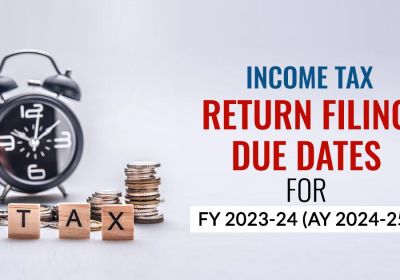
India staged a decision to implement GST (unified Good and Services Tax), which was proposed almost 30 years ago, after obtaining nod from both the upper and lower houses. The uniform tax is helpful for the tax payers across the nation. The new tax law considering including Countervailing duty, VAT, luxury tax, service tax, octroi, and the entry taxes levied by the state governments. The GST is proposed to be levied on the total consumption instead of the production. According to Mr. Arun Jaitely, Finance Minister (India), the GST prevents tax evasion and ensures easy transfer of services and goods across India.
It is one of the modern and significant tax reforms affecting economics and production. The implementation of GST is aimed to replace the taxes imposed by various taxes. It eliminates multiple taxes imposed by the states and the good and services will be cheaper. So, it helps to develop a common market in India.
The GST is classified into CGST and SGST where the former will be collected by the Union Government and the later will be collected by the respective state government. The proposed tax structure is similar to the dual tax structure being followed in Canada. Therefore, the Central Government imposes and governs CGST whereas the state government implements and governs the SGST considering the place of origin and place of supply etc. Apart from eliminating exemptions, the new GST structure widens the tax base.
Impact on Power and Renewable
Renewables
Currently, the renewable energy sector is enjoying tax incentives including tax holiday on earnings for a period of 10 years, concessions on customs duties and excise etc. These incentives will come to an end with the implementation of unified good and services tax. Therefore, implementation of GST increases the cost of renewable energy. The Solar off Grid costs is forecasted to increase by 16 to 20%. The cost of Solar PV Grid Installations will see an increase of 12 to 16%. The cost of establishing wind energy projects will increase by 11 to 15%. It badly hits the investors in renewable energy. However, the state and Central Governments will continue the incentives to encourage renewable energy usage. Implementation of GST ensures Seamless Movement of Goods across the nation.
OIL & GAS
According to analysts, the implementation of GST will negatively affect the oil and gas sector. The GST will not cover five petroleum products including aviation turbine fuel, natural gas, crude, petrol, and diesel for few years initially. However, it covers naptha, kerosene, and LPG. According to E&Y’s tax partner – Mr. Abhishek Jain, the oil and gas industry will have to comply with both GST and the current tax practices. So, it creates an inflationary effect on the overall economy. For instance, refineries will pay the GST on machinery, plant and services at the time of procurement. However, the refineries won’t get credit against the VAT and ED that will be levied on Diesel and Petrol.
ELECTRICAL EQUIPMENT
Implementation of GST will positively benefit the electrical and the lighting sectors. These two sectors will greatly benefit from reduction in taxes. According to Motilal Oswal, a reputed brokerage firm, the indirect taxes on electrical and lighting industries will be reduced to 18% from the present 29 to 30%. The brokerage is upbeat on Light Electricals sector with the implementation of GST. The tax reductions will be passed on to the clients.
GST AND POWER SECTOR
Power is vital for the manufacture of capital goods as well as services. However, the tax structure for this sector is not yet rationalized. It is time to rationalize the tax structure for this sector. The current scenario for the power sector is not so bright. This sector is currently enjoying CENVAT exemption or concessional rates at the federal level. As a result, the sector is not fortunate for the input tax credits. Hence, the taxes are included in the power equipment costs. The sector is not benefitting from the tax credits with respect to the VAT imposed on the inputs by the state.
Cumulative Impact of Taxation:
The use of power as an intermediate input increases the cost of power distribution and generation. Therefore, expensive power reduces the competitiveness of Indian Industry in the International arena. The implementation of GST is expected to solve the issue by ensuring input tax credits. The suggestions for the power sector by the 13th Finance commission are given below:
- The GST should subsume the duties levied by the state on electricity.
- The power segment should be an integral part of the GST on which both the state and Central governments will have control.
- The tax structure for this sector should be similar to other goods.
- It also favored amendment of the articles288 and 278 of the constitution for levying GST on the supply of power to the government.
Conclusion:
The power sector is to be covered in the scheme of GST. It should pave the way for tax credits for the power sector. As a result, the cost of power generation and distribution will come down considerably. It improves the competitiveness of the Indian industry. It empowers the Indian Industry to compete in the global arena.

















